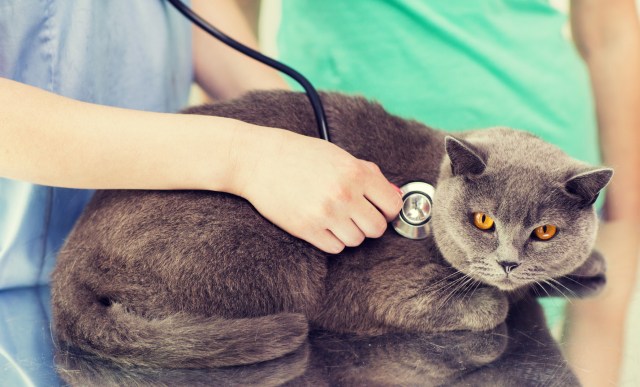
Me, for one. And quite a few other people I know. None of us is wealthy, but still we have laid out what some would consider extreme – even obscene – amounts on our pets.
First, let me say that these are regular cats and dogs, mostly rescues, strays, and shelter animals, not fancy, purebred show animals. The expense doesn’t come with the initial investment. Vet check, shots, worming, spaying and neutering – though shelters and local organizations sometimes offer lower-cost options on these – are just the cost of entry into pet guardianship.
Likewise, toys, beds, pet furniture, and other accouterments don’t need to be large investments. I’ve known cats that would ignore fancy toys to play with the plastic rings that come on milk jugs. Dogs can be amused for hours with a stick, tennis ball, or Frisbee.
No, the real expense comes with veterinarian bills. When I was a child, hardly anyone took pets to the vet, except to get the mandated yearly shots or to stitch up an injury from an attack by another animal.
My, how times have changed!
We know a lot more these days about heartworm, feline AIDS, urinary or intestinal blockage, fatty liver disease, kidney failure, and a host of illnesses that pets experience. We sympathize because we humans can get many of the same or similar ailments as well (though we don’t generally catch them from the animals).
So how do the costs scale up into the thousands? Well, veterinary training is as rigorous as medical school – perhaps more so because of the number of different animals a vet might be expected to treat. (A cow and a cat have different anatomy, after all.) Veterinary drugs can sometimes the same ones humans take, though usually at different doses. An x-ray is an x-ray and an ultrasound is an ultrasound. And you can expect to pay more for an after-hours emergency clinic visit than a regular office call.
Still, thousands?
Yes. We’ve been through it a number of times. When my cat Laurel had fatty liver disease, she needed, in addition to all the regular medical care, several weeks of intensive treatment – hand feedings, fluids, specially mixed vitamins. The vet actually took her to his home and treated her there for several weeks. I got a raise that year at work, and every cent of it went to that marvelous vet. He didn’t have to do what he did for Laurel – and I suppose not many people would have paid for the personal care. We did so willingly.
When our dog Bridget developed a tumor on her shoulder, the vet was honest. “We can operate on it, or we can do nothing.” Bridget was middle-aged, as dogs go, a formerly feral rescue dog.
“Do whatever it takes,” Dan said. “She deserves a chance.”
“She’s lucky to have you,” the vet replied.
Bridget came through the operation, never had a recurrence and died peacefully at the age of 17.
We’ve learned to give subcutaneous fluids to cats with kidney failure. We’ve taken them to specialty vets who have given them – literally – years of comfortable life with us. (Once we even had a parakeet that needed an operation – and pulled through.)
Every time we pulled out a checkbook or a credit card and paid willingly, though often with a wince. Some vets kindly allowed us, as long-time customers, to pay in installments.
But the question remains, why? Why do we spend this time, energy, care, worry, and especially money on maintaining the health of our pets or making them comfortable in their last days?
I don’t expect everyone to understand this, but these animals have become family to us. And as family members, they deserve our attention, care – including medical care – and love as long as they are capable of benefiting from it.
When the time comes that we have to let them go, when there is nothing we can do medically except prolong their misery, we take them to the vet for that final act of mercy, or let them pass quietly at home.
And the only cost we count is in our hearts.
Do you have a story to share with our readers? We want to hear it! Sign up for our Spoke Contributor Network and start submitting your writing today.











